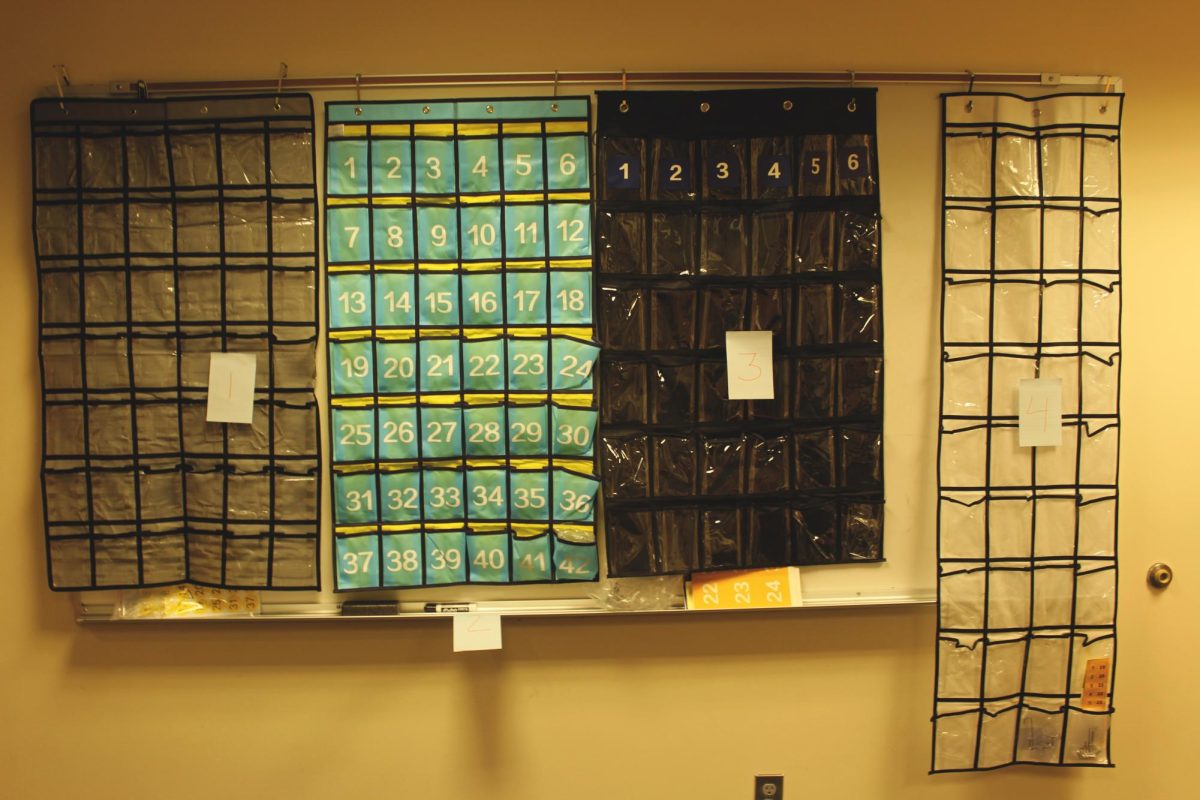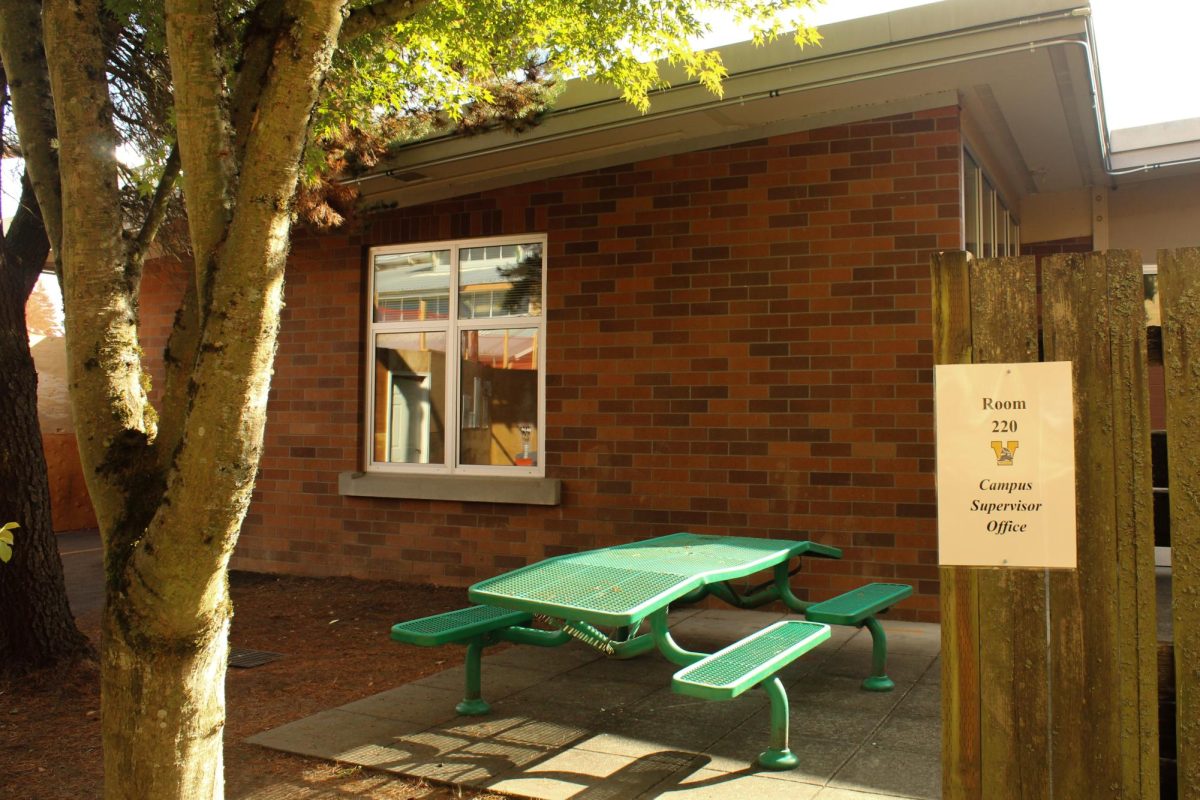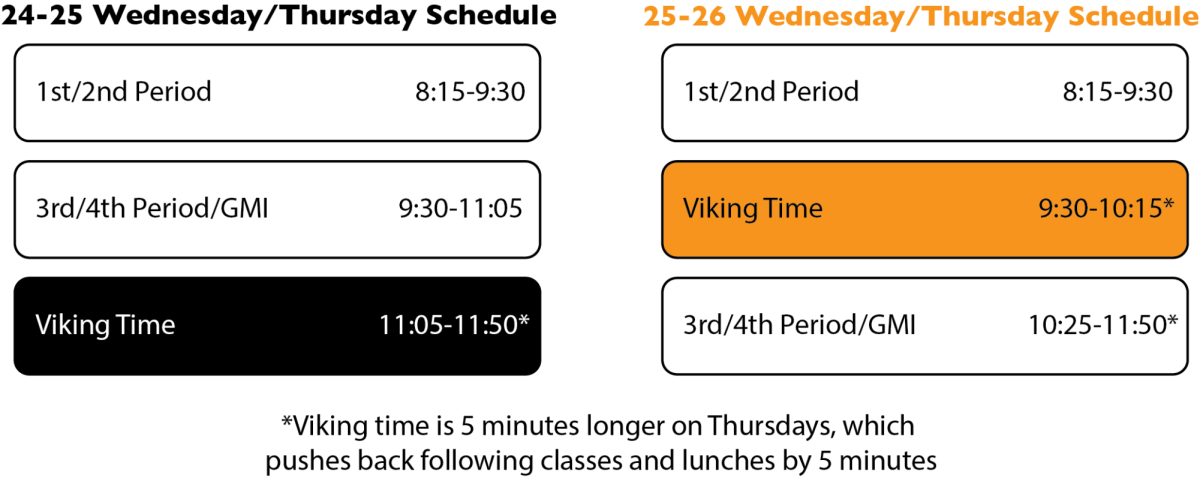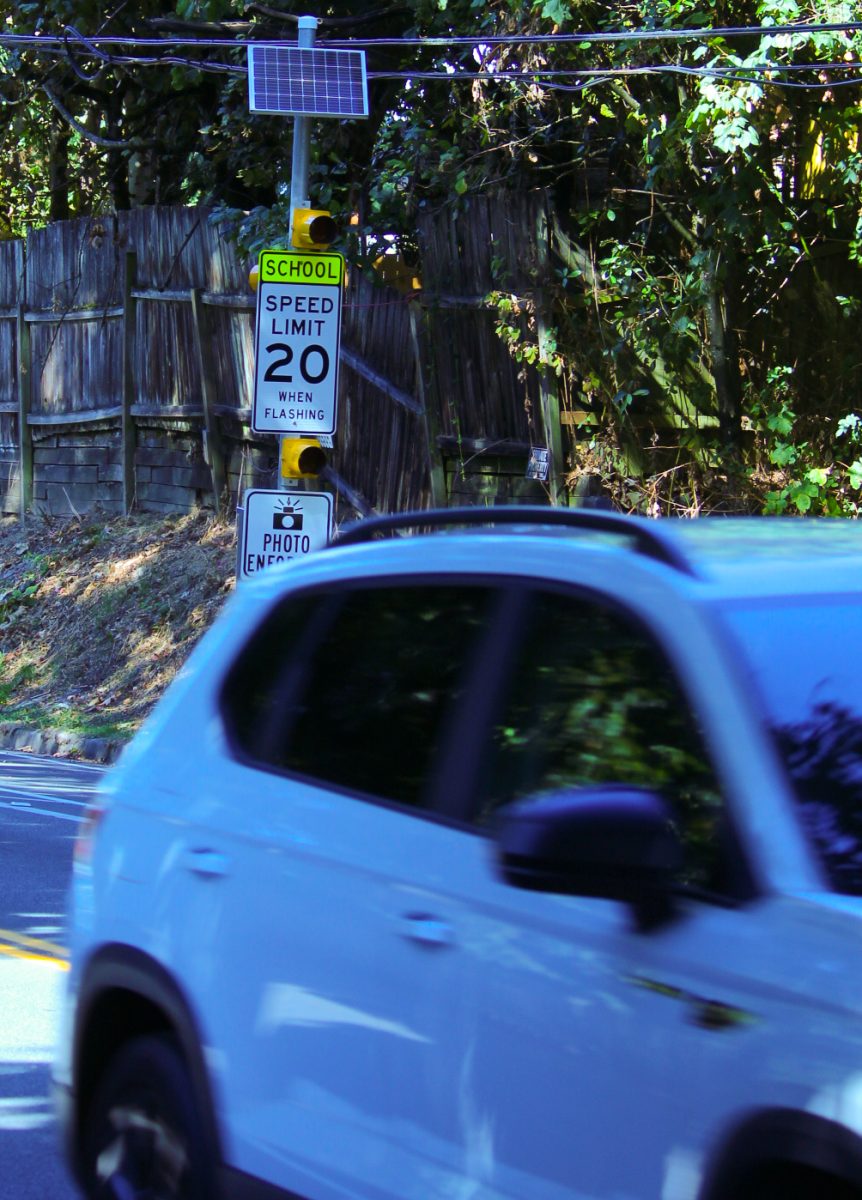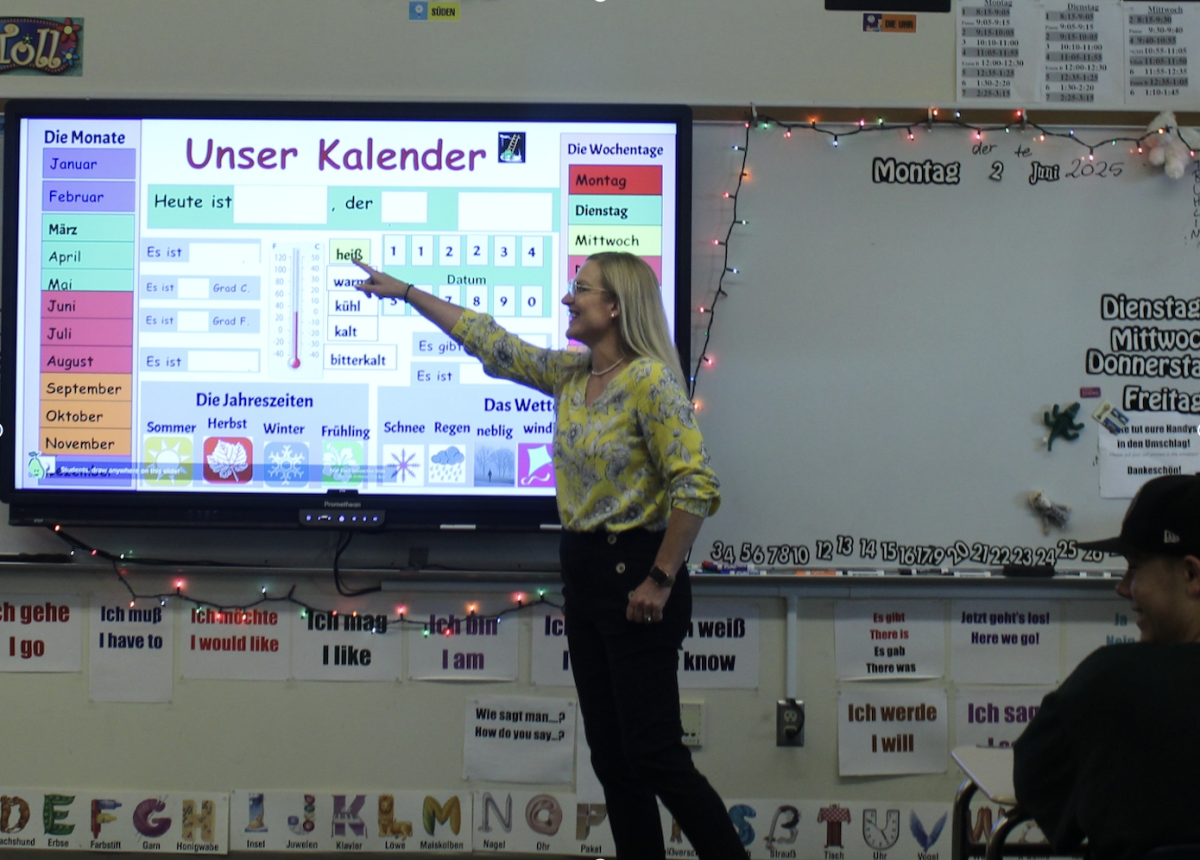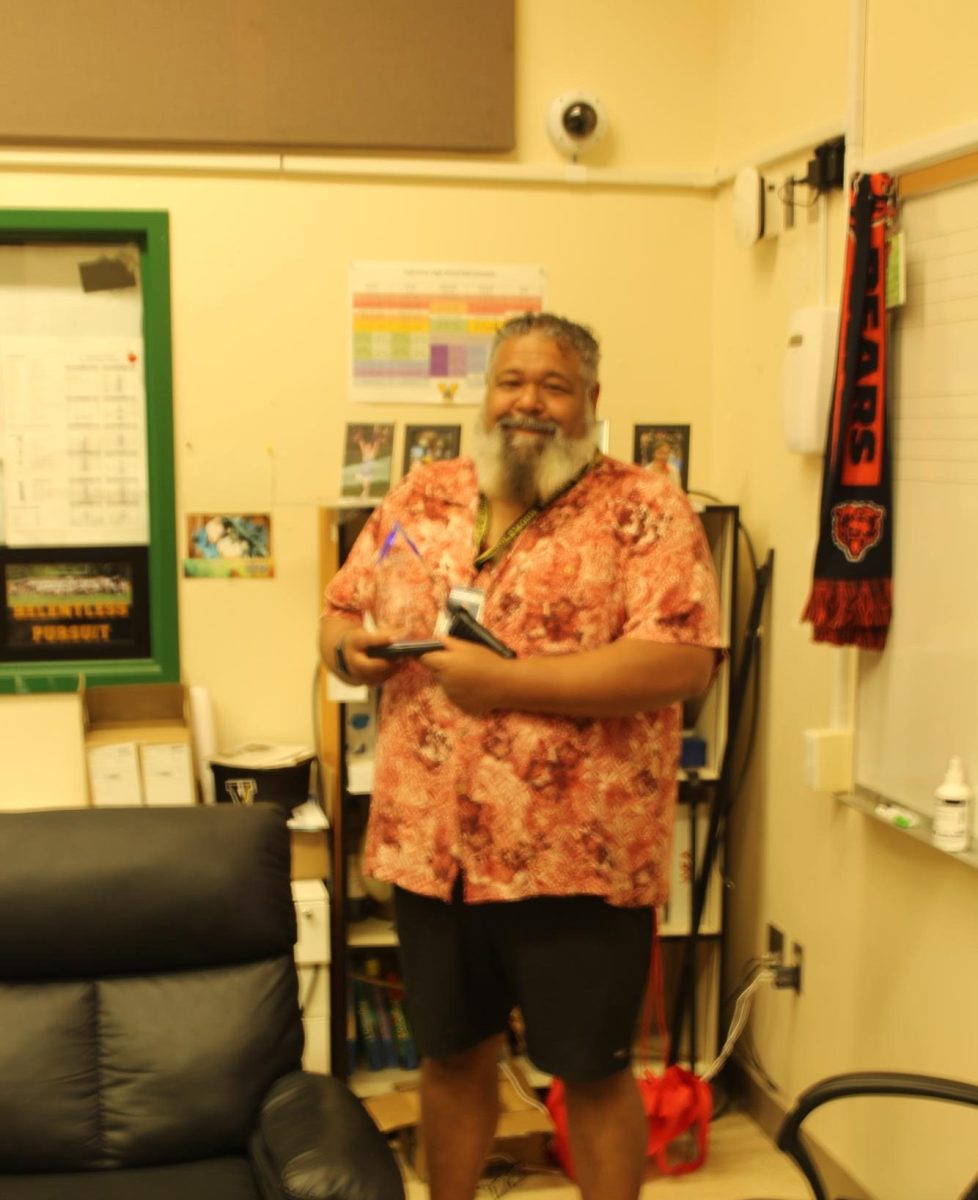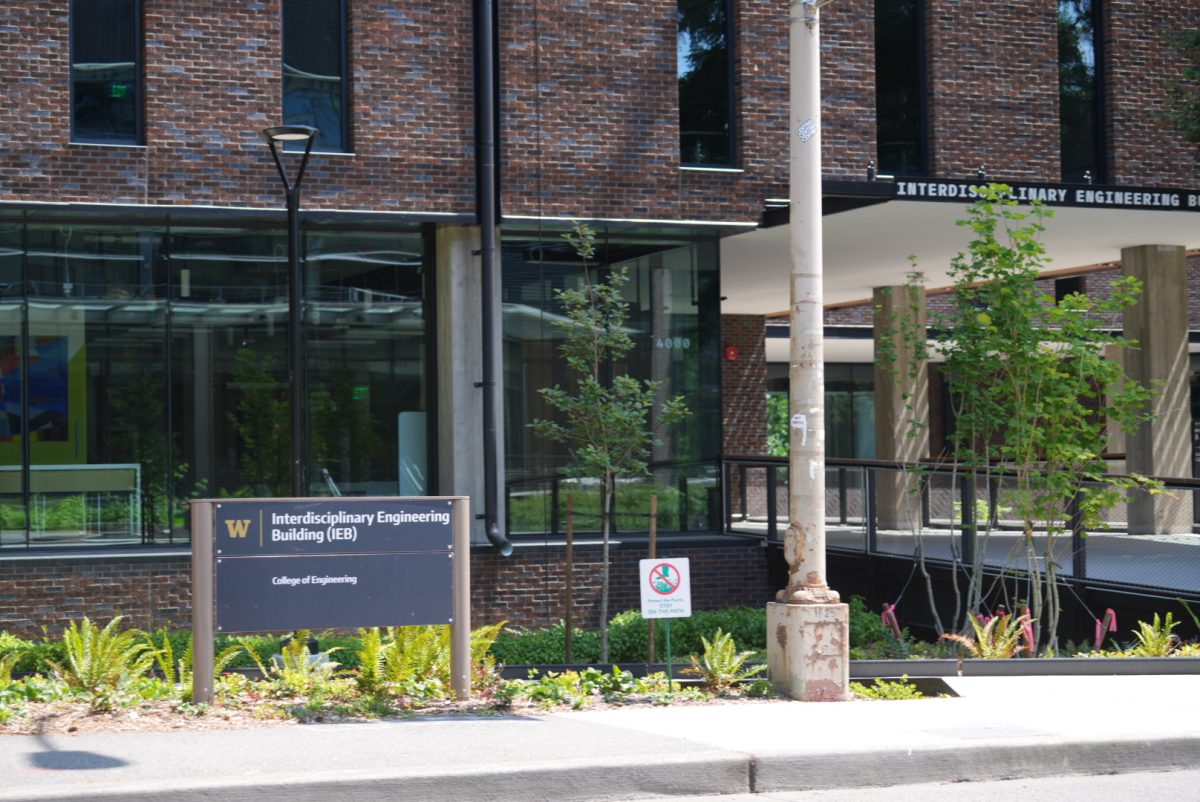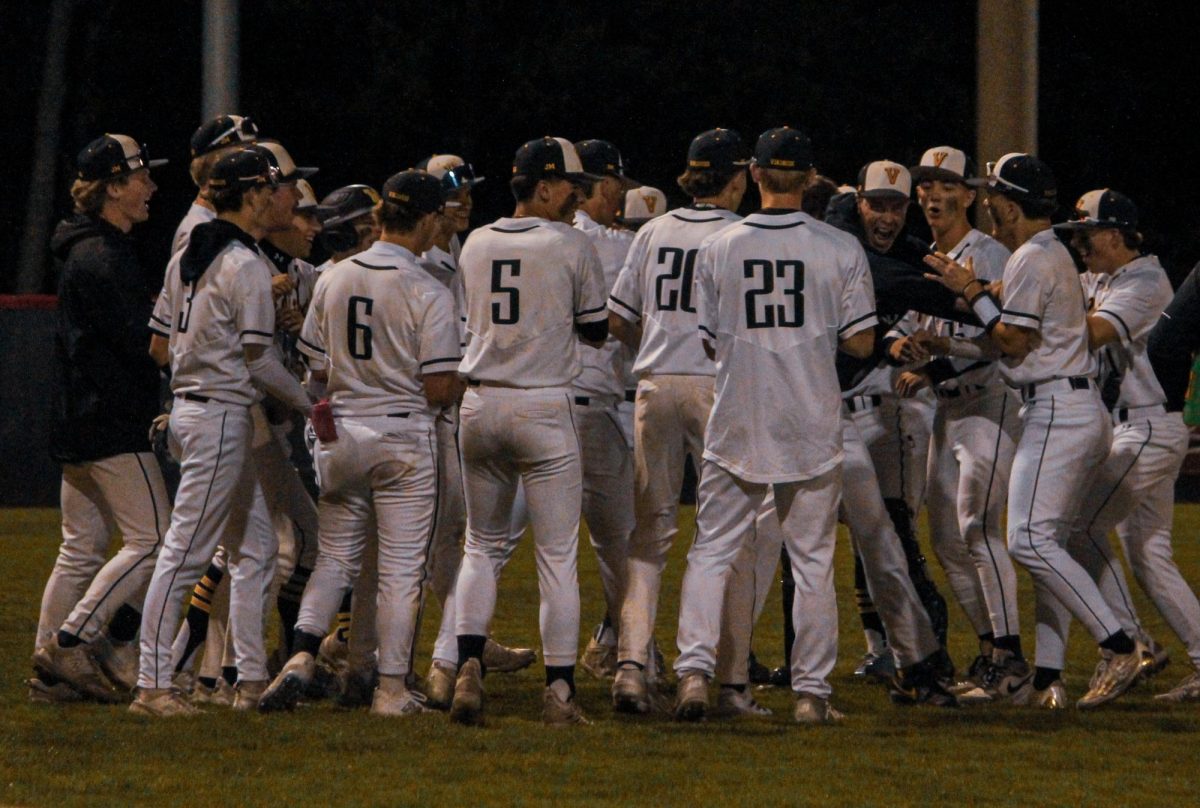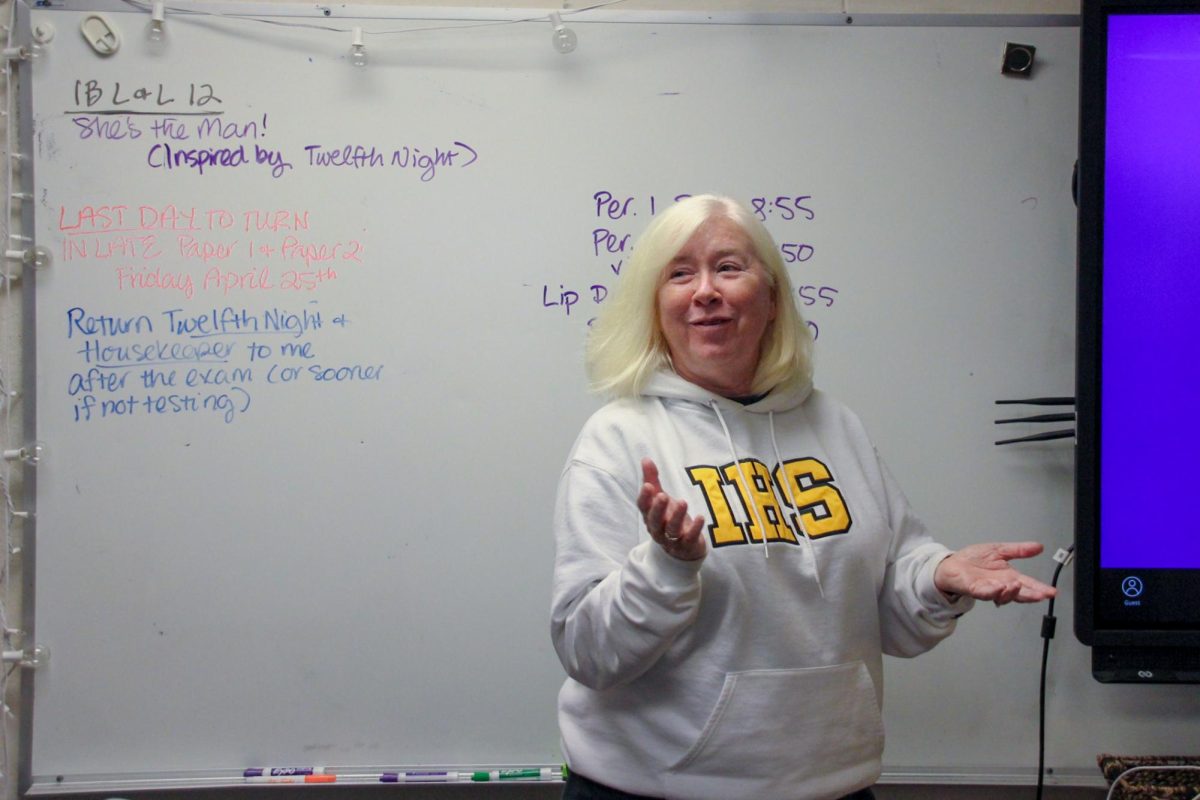NSD is considering options to tighten restrictions on cell phone use based on the outcome from the phone policy of the 2024-25 school year. The current cell phone policy requires students to put their phones in cardstock envelopes from the beginning of each class until the end. English teacher Marita White (she/her) said she believes the effectiveness of the current system depends entirely on teachers adhering to the rules. In previous years, teachers struggled without a district-wide or school-wide phone policy, but even this year, she said, many teachers did not always monitor students’ compliance with the envelope rules.
“It’s effective when all teachers use it and all teachers are consistent with it throughout the year, and that’s been the tricky thing,” White said. “I know that for me, I started really strong at the beginning of the year, and then as the envelope started to disintegrate, so did my ability to maintain order.”
While students continue to use cell phones during class, White said there have been improvements compared to previous years. Nevertheless, she said the school is looking to make further progress in reducing phone usage. The ultimate goal is to eliminate mobile phone use in the classroom entirely.
“We’ve talked about being a phone-free school, and I don’t think we’re quite there yet,” White said. “I still see students using them in the hallway or getting them out the last 10 minutes of class.”
Similarly, assistant principal Ebonisha Washington (she/her) said that cell phone usage has been increasing recently and compared the trend to the concept of parallel play in education. Parallel play is the stage in development where preschool-age children in a group setting haven’t yet developed the skills to play with each other and make friends. Washington said that although most students have clearly moved past parallel play, many high schoolers have gone backwards, using their phone instead of talking to the people next to them.
“I think it’s going to take some retraining and reinvesting in relationality with people and like humanity, where it’s like, ‘Hey, what did you do?’ instead of walking down the hallway, kids on the phone and then they run into you, or they run into this pole right here,” Washington said.
Washington said that instead of simply greeting each other and having casual conversations at school, students are so engrossed in their phones that most don’t notice the people around them. She said next year’s policy should be relatively similar to this year’s, which prohibits phone usage during class. NSD initially considered using more durable pouches, Washington said, but the school believed they weren’t viable under the recent budget cuts. They instead opted to use cardstock envelopes, which she said have been “a disaster.”
“Our failure as a staff here was not getting student input first before making that decision,” Washington said. “I think the policy would still be the policy, but I do think that we were remiss in not including our student body because student voice is important.”
Washington stressed that the phone policy is not a total ban on phones and that students can still be contacted in case of an emergency. She and White both mentioned that exceptions have been made on a case-by-case basis for medical conditions such as diabetes.
“It’s not a no-cell-phone policy. It’s a no-cell-phone policy during class time. We still have landlines in classrooms. We still have landlines in the front office, so your student is still reachable,” Washington said.
As of June 2, NSD has not finalized the mobile phone policy for the next school year, but there are some plans in place. White shared that the changes are still being worked out but the administration is moving to the “shoe rack” model in which students leave their phone in pouches at the front of the room before class. Washington said she wants students to be able to remember high school fondly and that reducing phone usage is an important step in making sure that happens.
“We want them to be able to make the connections with their peers so that they have an experience from high school that was positive, that they can look back on and say, ‘Oh, I had all these great friends, or all these great memories,’ and not be something where they don’t even remember because they spent most of their time glued to their phones.”



